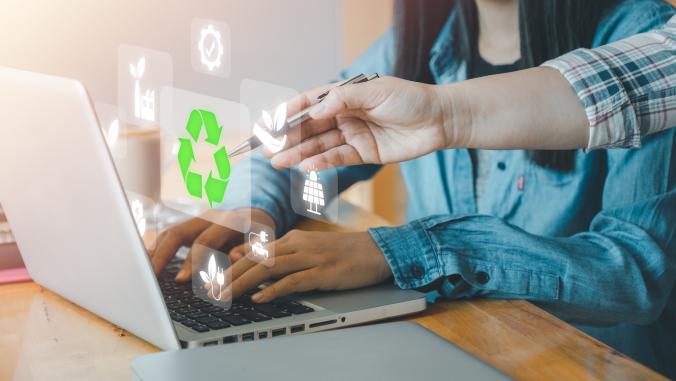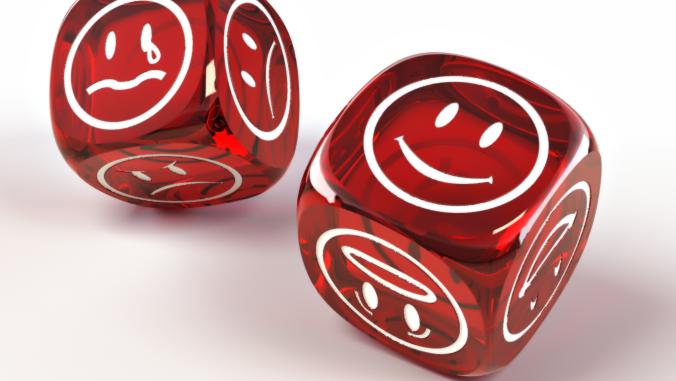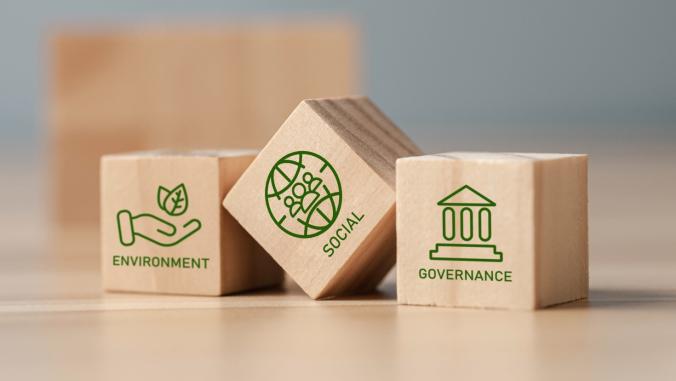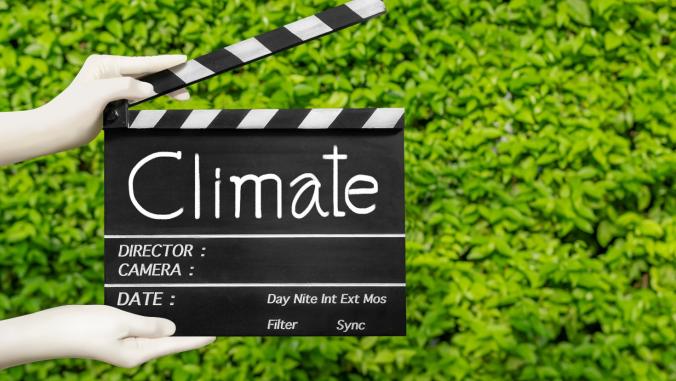How Energizer is taking on the holy grail of e-waste
The battery maker is aiming to reorient for a circular economy, but turning used batteries into new ones isn't as easy as it sounds.

Batteries are pretty great at being terrible for the environment. Each year, Americans throw away more than 3 billion of them, according to the Environmental Protection Agency.
All of this adds up to around 180,000 tons of batteries, of which more than 86,000 tons are single-use alkaline batteries.
What’s more is that batteries are also classified as hazardous waste, thanks to their complicated chemistry. When batteries enter a landfill, their protective casing can be crushed or degraded, cracking open a piñata of harmful materials such as nickel, cadmium, cobalt and lead.
While more states are beginning to mandate battery recycling mechanisms, this is easier said than done for the simple reason that batteries are really hard to recycle. That’s why most batteries are "downcycled" into materials for road construction and landfill caps — but these typically are "one and done" type deals with limited value.
Recognizing the possibilities for applying circular economic principles to its batteries, Energizer in 2008 embarked on a journey to begin upcycling currently wasted materials.
The company had to develop new methods for refining used materials to make them as pure as possible so that they could be used alongside virgin materials in new batteries.
The circular economy is an alternative to the traditional "take-make-waste" model, in which resources are kept in use for as long as possible — with the maximum value extracted while in use — and are recovered at the end of product life and used as materials for the next generation of products.
Eight years later, this quest resulted in EcoAdvanced, the world’s first battery made with 4 percent recycled batteries.
"The invention with the EcoAdvanced product was looking at way where we could take a portion of the worn out materials ... and recycle them into materials that are the same type of quality that we would get out of virgin mined materials and use those products back into our batteries," said Marcus Boolish, director of regulatory and government affairs at Energizer said during a recent GreenBiz webcast on product stewardship and the challenges of a circular economy.
But getting the concept from the drawing room floor to the factory was no simple task. Like many other companies pioneering circular economic paths, Energizer faced several material, logistical, regulatory and communication challenges.
Recycling's material and logistical complications
"Batteries materials are among the purest materials used in any product … in many cases are more pure than pharmaceutical grade materials," Boolish said. "The reason for that is that inside the battery you have a lot of side reactions that can happen. Side reactions lead to gassing, and gassing can lead to leakage — and we can’t have that."
Batteries are complicated contraptions that have a lot going on internally, which is why the industry traditionally has relied on virgin materials for production. Being the first to attempt to capture these materials to serve as inputs in new batteries brought with it challenges associated with developing a new supply chain, and establishing logistics with unfamiliar waste products.
While 4 percent recycled content doesn’t sound like much, it took a Herculean effort for Energizer to reach this threshold, Boolish said. The company had to develop new methods for refining used materials to make them as pure as possible so that they could be used alongside virgin materials in new batteries.
"If we are to build a circular economy that actually works, we need to commit to a greater focus on quality, via quality audits and performance benchmarks throughout the entire supply chain," said Betsy Dorn, a consultant at RSE America, during the webinar. "We need to invest in recovery infrastructure, as well as communication strategies to encourage consumers to participate in recovery efforts."
Government gets in the way
Even as governments get on board with the need to increase battery recycling, they sometimes get in the way of business efforts to bring about a circular economy — particularly when it comes to categorization of materials as waste rather than products.
"The very governments in some cases that demand us to recycle products were the ones that made it hardest for us to bring the recycled materials back into our products," Boolish said.
It took years to get over regulatory hurdles, he said, and Energizer still is jumping over them. Boolish said the only way to make the circular economy sustainable in the long term is through a regulatory shift to promote a level playing field so that all companies are held accountable for the waste their products generate.
"We’re not asking for special treatment, but if you’re putting a product out on the market, pay for it at the end of life," Boolish said. "It doesn’t seem like it’s a novel concept, but the realities and regulation have been anything but."
Part of this disconnect between government and business might be attributed to the fact that both are speaking different languages when it comes to product stewardship — which refers to a policy of shifting costs for disposal from county and municipal governments to the private sector, typically to the company deemed to have put the product into the market.
It used to be that as long as something was recycled, we considered it ‘good.'
Governments often think in terms of extended producer responsibility, which is used to ensure that a producer is responsible for appropriately managing what it puts into the market at the end of the product’s useful life. Meanwhile, companies such as Energizer are thinking in terms of the circular economy.
"The concept of a circular economy has caused us to take somewhat of a different approach to how we look at battery recycling," Carl Smith, CEO and president of Call2Recycle, said during the webcast sponsored by the nonprofit. "It used to be that as long as something was recycled, we considered it ‘good’ — that there was no real distinction between any one process or approach to recycling.
"We need to come up with different ways to measure the efficacy and efficiency of recycling in the whole lens of a circular economy. Until we do that, we’re going to simply confuse circular economy as being synonymous with recycling and really blur the distinctions that are very necessary in the marketplace."
Municipal governments have a strong incentive to embrace the circular economy — it could help to relieve their mounting waste burdens.
Communicating the circular economy
After successfully producing a battery with recycled content, Energizer faced the challenge of figuring out how to communicate this to consumers. Again, government regulations complicated the equation — there are federal guidelines for how companies can talk about batteries.
Boolish said Energizer focused on communicating the lifecycle benefits of the recycled batteries.
"Lifecycle is more than just carbon," Boolish said. "There are more categories than just dealing with GHGs, and trying to communicate that in a way that consumers understand is an opportunity but it’s also a challenge."
The company also has appealed to growing consumer environmental awareness to frame the recycled battery as a value add.
"Consumers demand long lasting batteries ... but this product also addresses the increasing consumer consciousness of recycling trends," Boolish said.
Convincing government and consumers to board the circular economy train ultimately will determine if it ever leaves the station.
"To make this whole economy work, we need more players in the game," said Dorn. "It’s not just businesses but also with government stakeholders and consumers. We’re all in it together and we all need to share in the responsibility to bringing about a circular economy."





